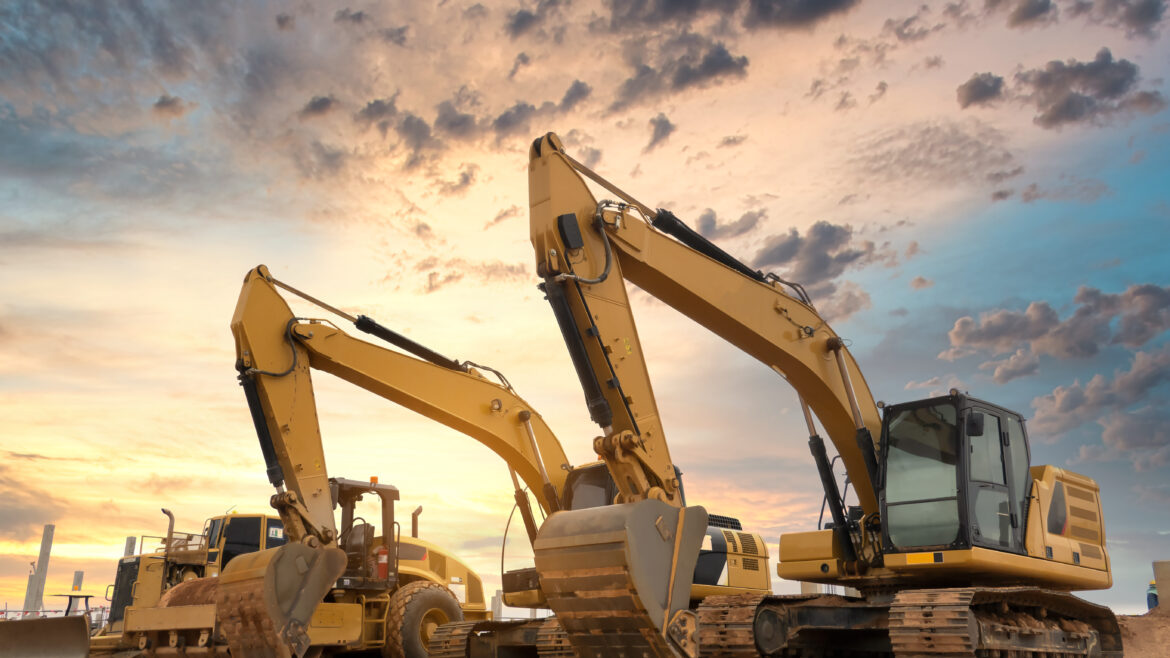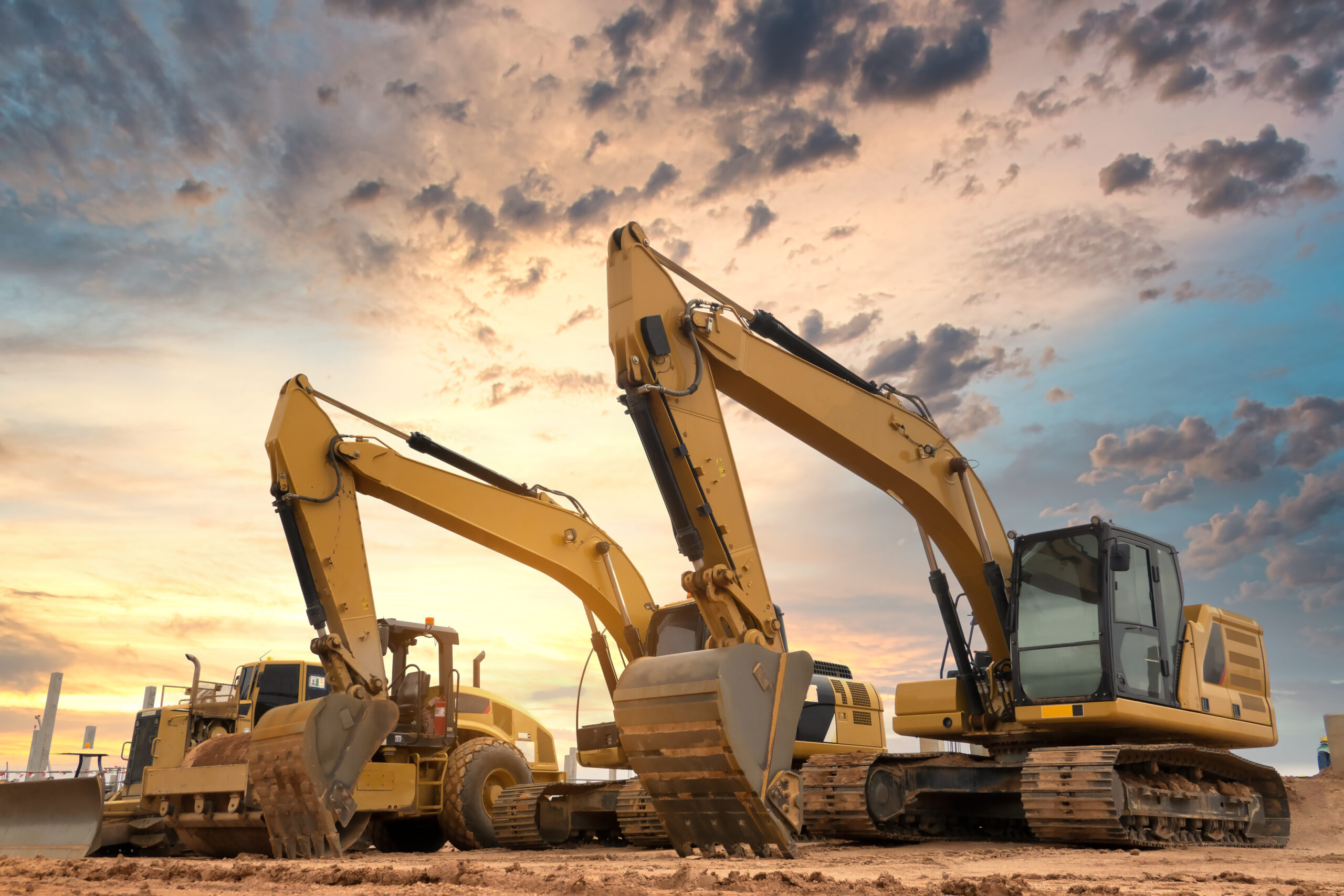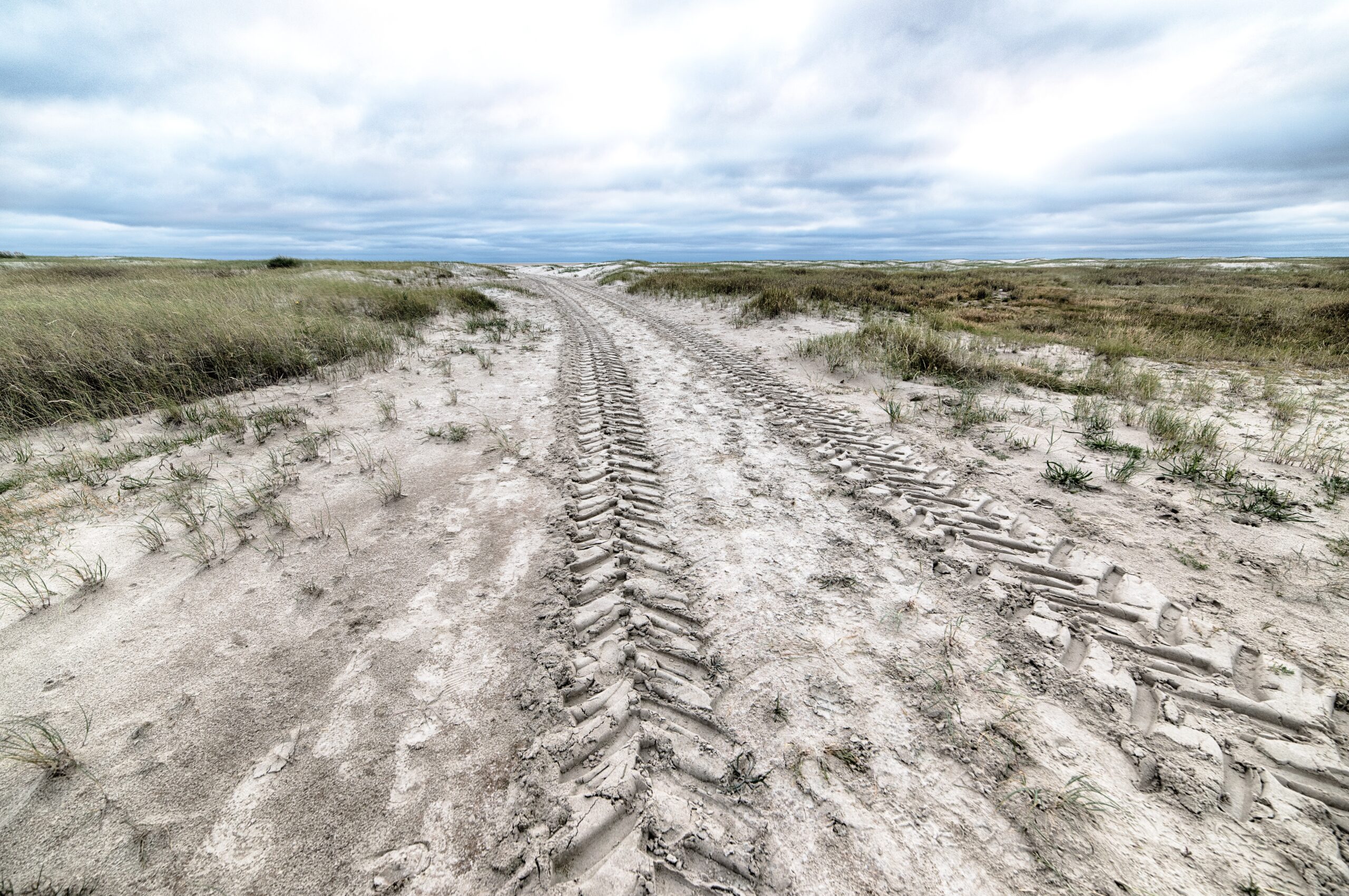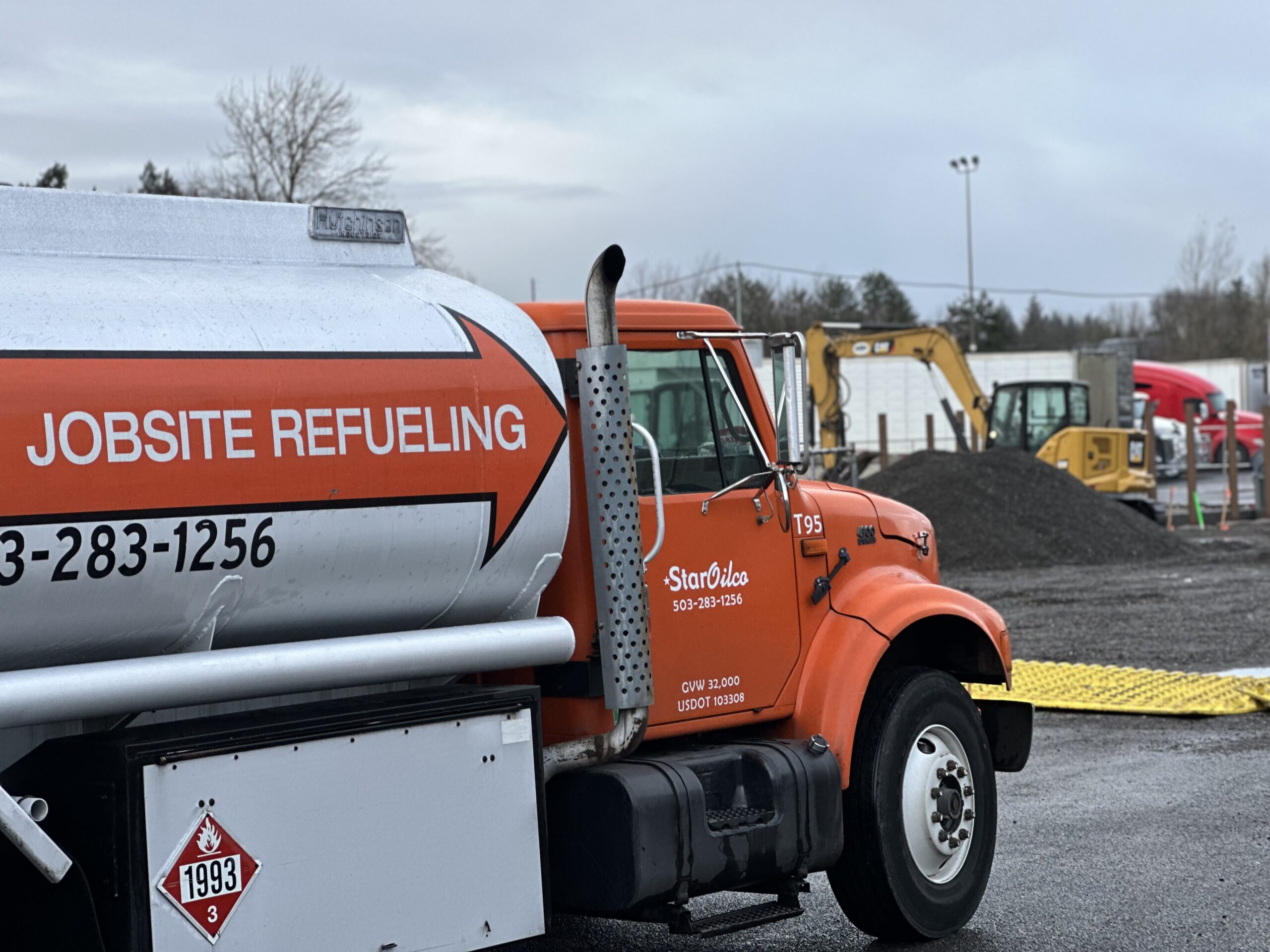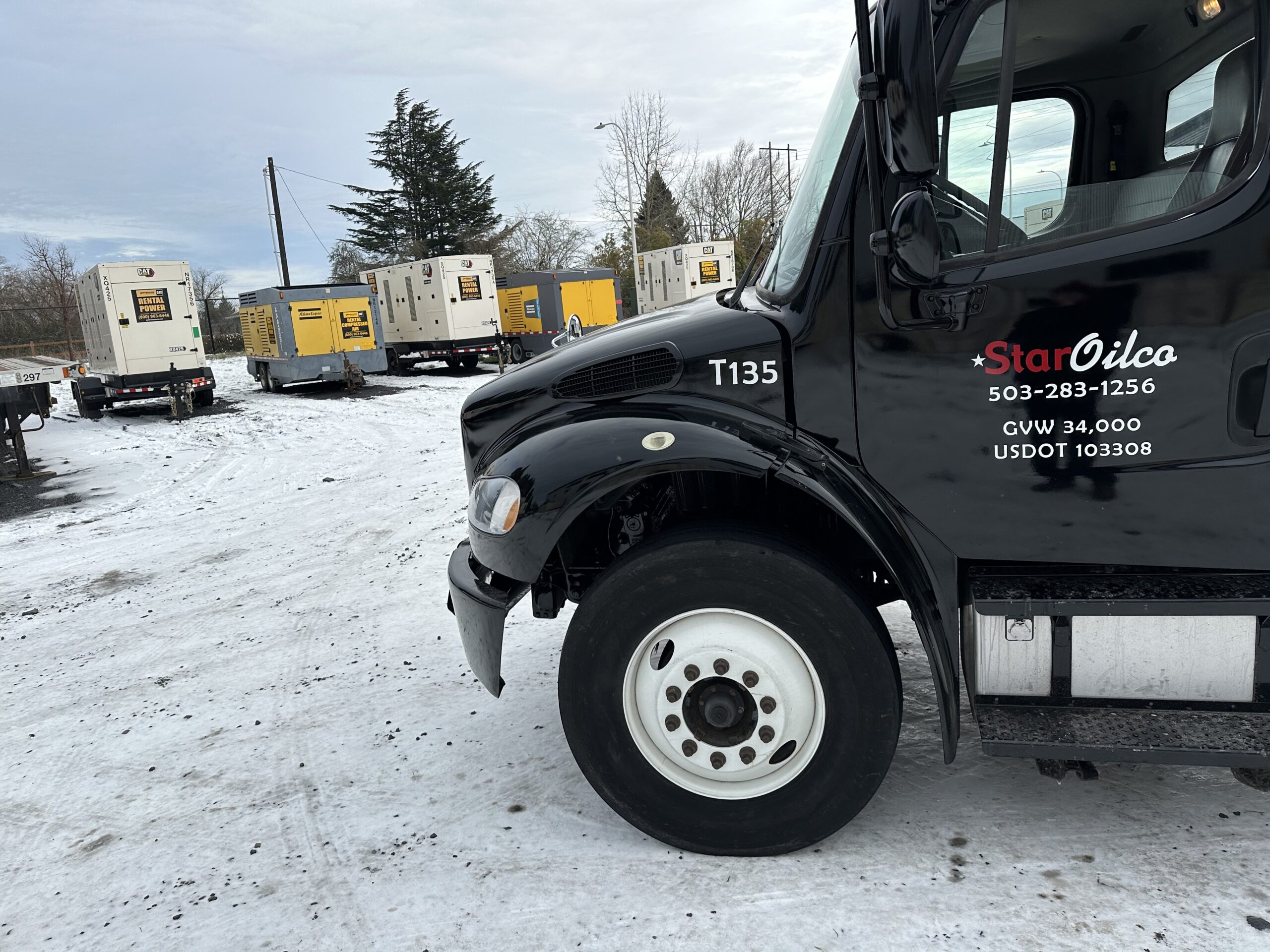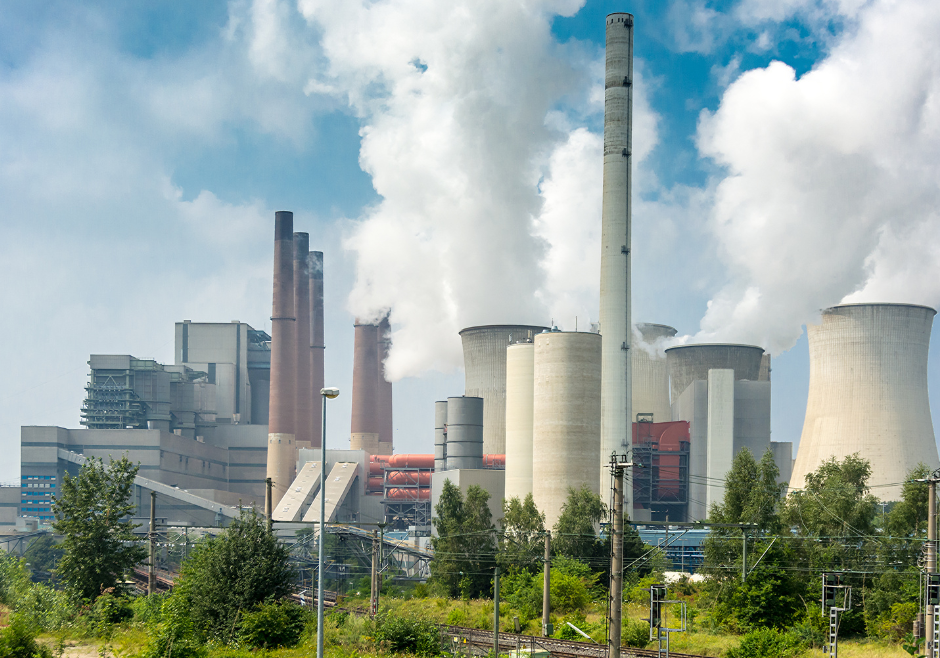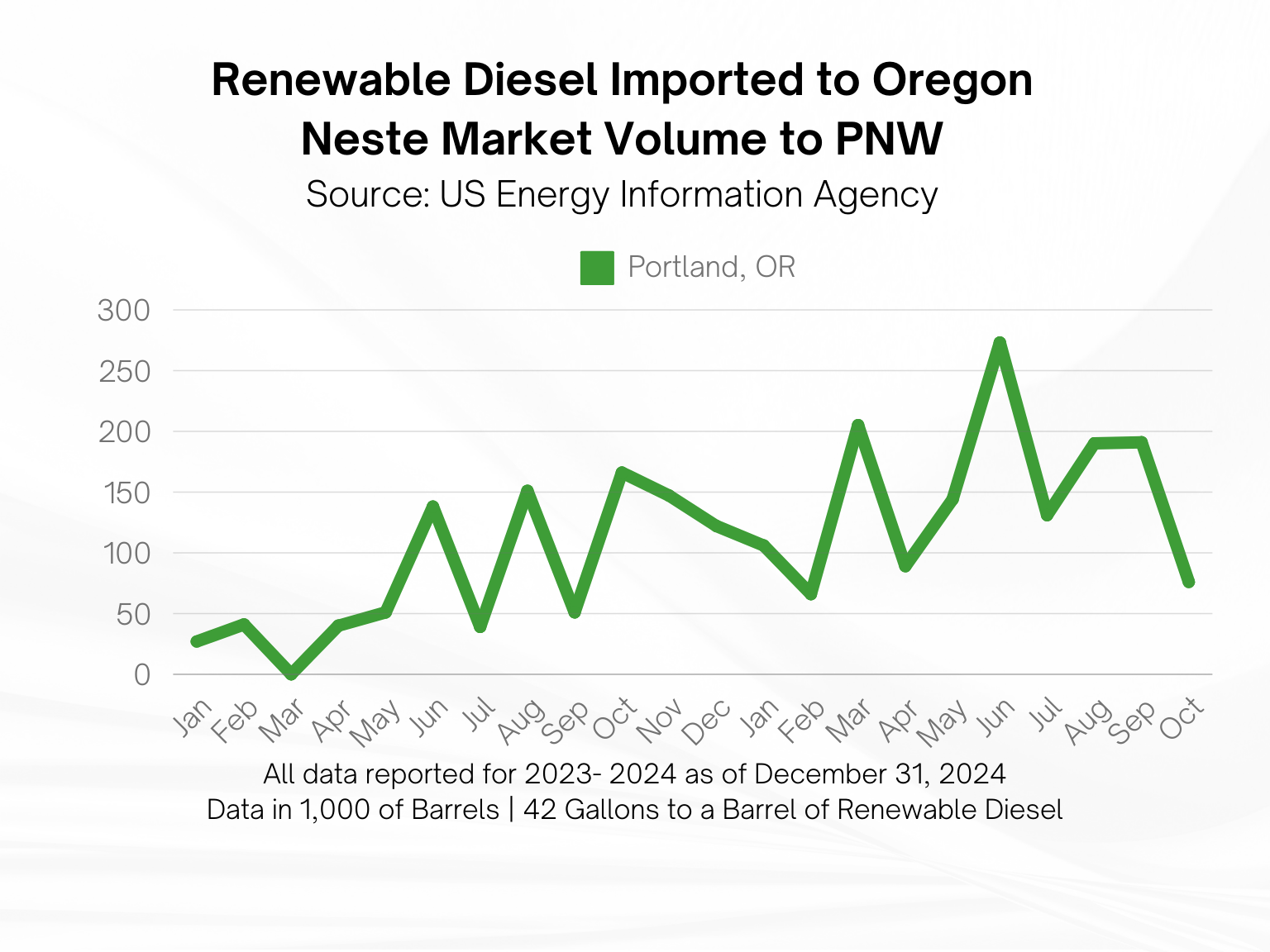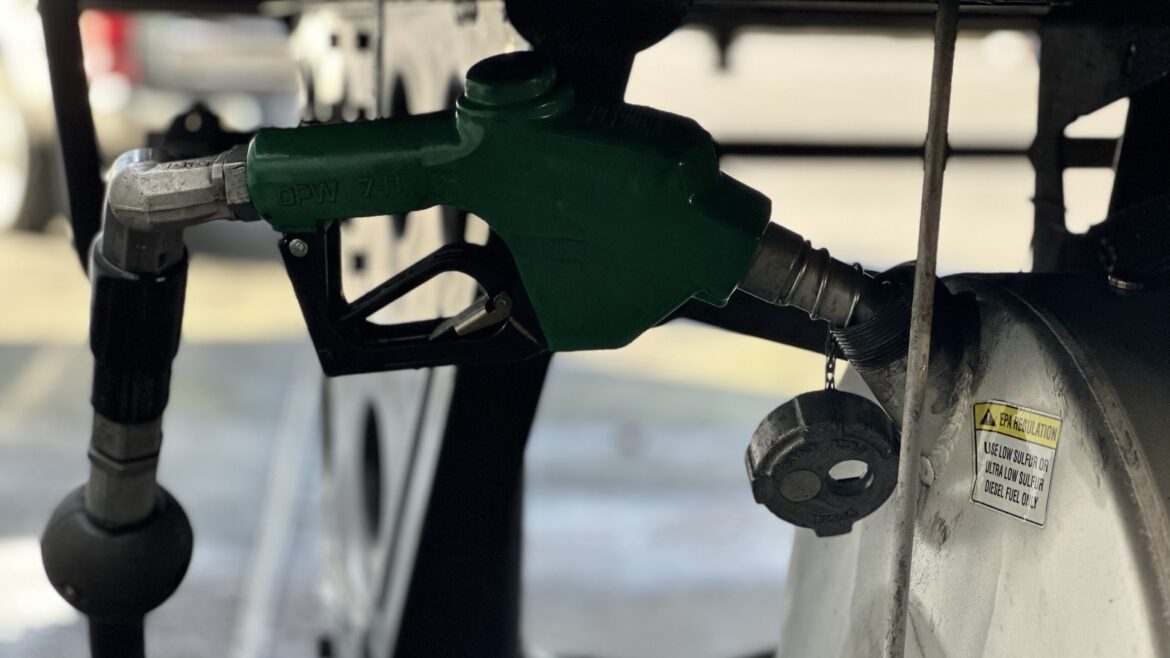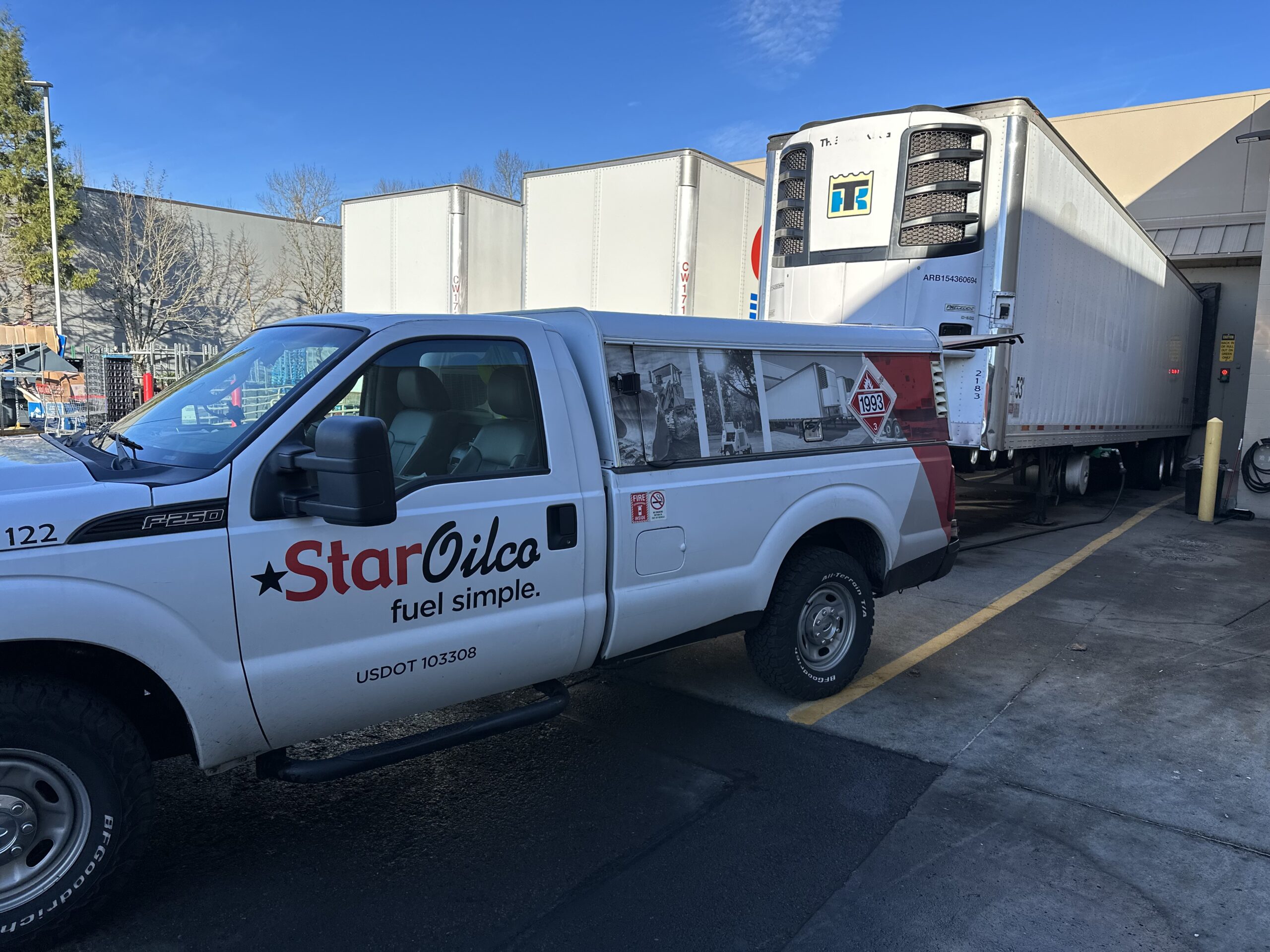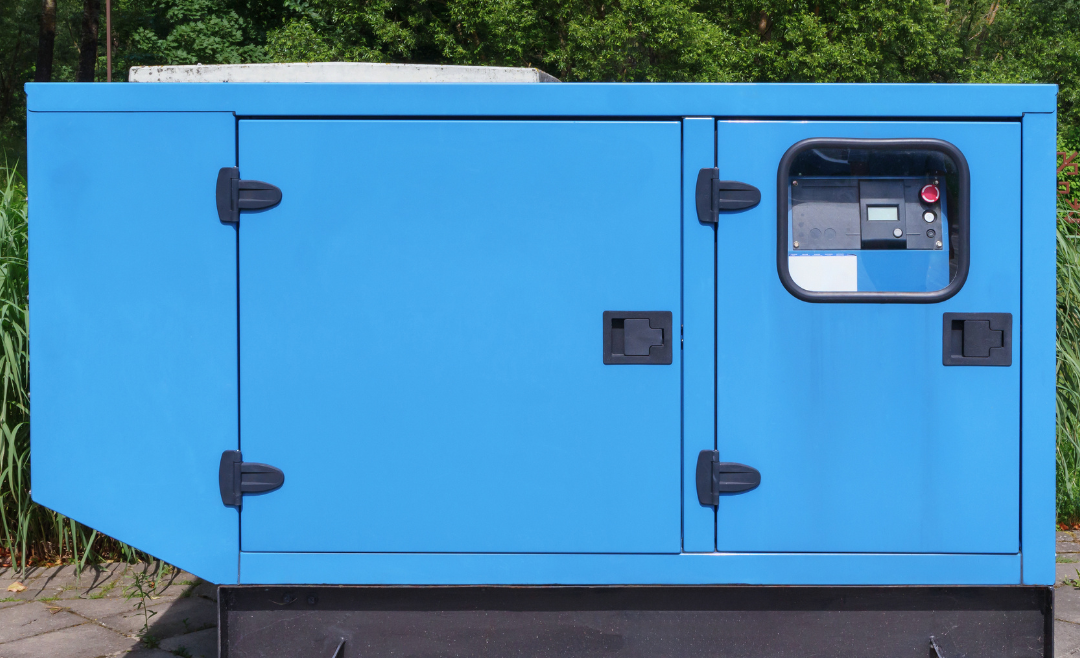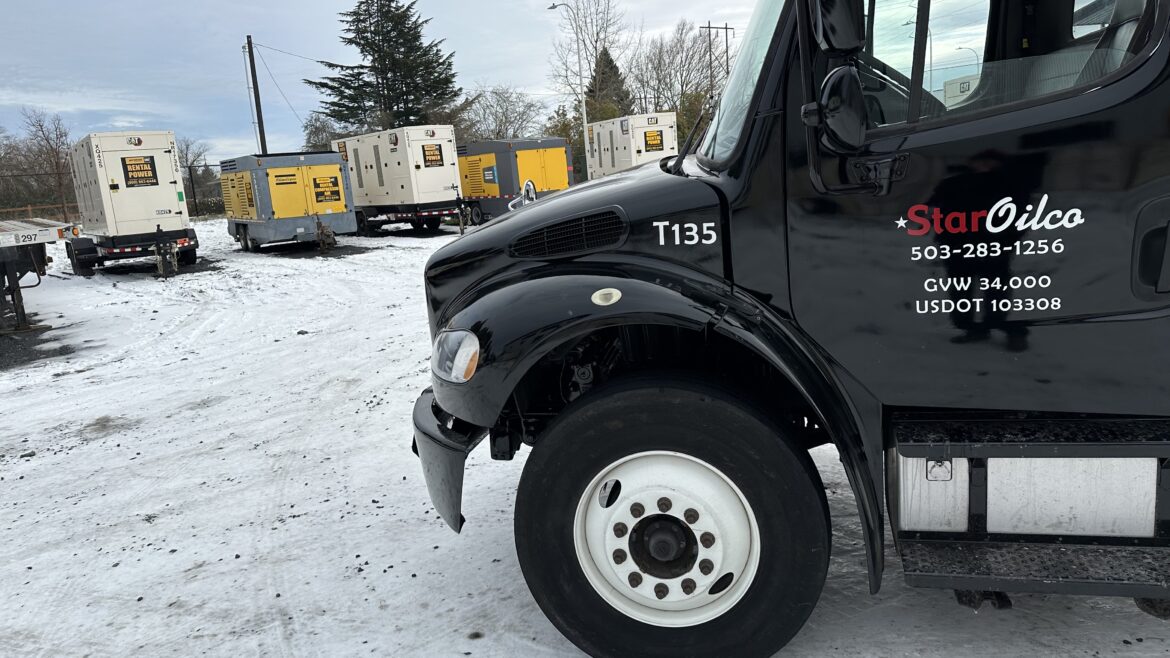Diesel 1 vs Diesel 2
Diesel 1 and Diesel 2 can often bring confusion when it comes to understanding what the differences are between them. Consumers can have confusion about which one is best for their equipment or their business. Whether they’re looking for improvements in quality, igniting quickly with its high cetane rating for easy starts in cold weather or ensuring overall efficiency with engine performance and lower maintenance needs. We will explore the differences between Diesel 1 and Diesel 2 and help you understand the benefits of each.
Key distinctions between the properties of Diesel 1 and Diesel 2
Before you invest your hard-earned money in fuel that might not be suitable or, even worse, could harm your vehicles and equipment, let’s clear the air. Let’s simplify the differences between Diesel 1 and Diesel 2 in a way that’s easy to follow and gives you the confidence you need.
Sulfur Content
Diesel 1: Lower sulfur content, reducing sulfur dioxide emissions and aligning with environmental standards.
Diesel 2: Higher sulfur content for specific applications with advanced emissions control.
Cetane Number
Diesel 1: Boasts a higher cetane number (ignition quality of diesel fuel), ensuring better ignition and smoother combustion, especially in cold weather.
Diesel 2: It has a lower cetane number and is optimized for slightly delayed ignition in engines designed for this grade.
Viscosity
Diesel 1: It generally has a lower viscosity, facilitating smoother fuel flow and distribution.
Diesel 2: Its higher viscosity may require specialized fuel systems designed to handle its thicker consistency, such as generator power plant engines or industrial machinery.
Cold Flow Properties
Diesel 1: It excels in cold climates because it contains kerosene and lacks paraffin, which prevents the diesel from gelling in colder temperatures. So, it’s best for the residents of the coldest regions.
Diesel 2: This fuel needs additional winterization measures in extremely cold temperatures, like mixing Diesel 1 (20%) with Diesel 2 (80%) and additives to lower the viscosity of Disesel 2. But make sure that your vehicle’s engine is capable of handling it.
Additives
Diesel 1: Contains extra constituents that improve cleanliness and lubrication and reduce rusting effects due to corrosion inhibitors in the engine. It also has demulsifiers that separate water from the fuel system and prevent engine problems.
Diesel 2: Generally has fewer additives; common ones decrease viscosity for more accessible engines starting in cold conditions. Due to the higher wax content, some other chemicals are infused within it to stop the accumulation of wax sediments.
Engine Wear and Tear
Diesel 1: Gentle on engines with low wax content, anti-corrosive additives, and high cetane rating, resulting in less wear, lower maintenance, and a longer lifespan.
Diesel 2: Causes more wear, but viscosity contributes to enhanced lubrication and mitigates engine damage by reducing friction.
Sound
Diesel 1: Less noisy due to its high cetane rating, ensuring rapid ignition and reducing the usual knocking sound linked with diesel engines.
Diesel 2: Tends to be noisier due to a lower cetane rating and a longer combustion process. Results in higher levels of heat and pressure for a louder engine.
Smoke Release
Diesel 1: Emits less smoke due to quick ignition and cleaner exhaust due to lower wax levels, demulsifiers, and other additives that cause smoke.
Diesel 2: Results in smokier emissions because of a lower cetane rating, slower ignition, and increased accumulation of unburned fuel.
Fuel Energy Efficiency
Diesel 1: Slightly lower fuel economy (miles per gallon) than Diesel 2 due to its lighter grade and lower heating value.
Diesel 2: It burns more slowly and proves to be the superior choice for extended highway travel, optimizing efficiency and minimizing refueling stops.
Cost
Diesel 1: It comes at a slightly higher cost because it is enhanced with lubricants, reducing friction for efficient fuel system operation. The premium diesel D1 has more benefits, like reduced repairs.
Diesel 2: Represents a more economical choice. Despite lacking premium additives, more miles per gallon and a higher heating value make it the least expensive option at the pump.
Finding the Right Fuel Fit: Diesel Decisions
Selecting the appropriate diesel for your vehicle is crucial, and it all comes down to your vehicle type, usage, and environmental conditions for optimal performance. Diesel #2 is cost-effective and versatile for everyday commuting, while Diesel #1 is ideal for high-performance or newer engines due to its higher cetane rating.
Trucks and heavy-duty vehicles benefit from Diesel #2’s versatility and cost savings. In fleet management, Diesel #2 is practical for various vehicles. Diesel #1 is the choice for lower emissions compliance in environmentally strict areas. Always check your vehicle manual for specific recommendations.
Diesel 1 and Diesel 2 bring unique qualities to engines and the environment. Diesel 1 is cleaner and ideal for high-performance engines and excels in colder climates. Diesel 2, versatile and cost-effective, suits everyday driving and heavy-duty vehicles.
Understanding these distinctions empowers you to make informed diesel decisions, ensuring engine longevity and environmental responsibility.
If you have any questions about different fuels, feel free to give us a call and speak to one of our fuel experts.
503-283-1256
www.staroilco.net



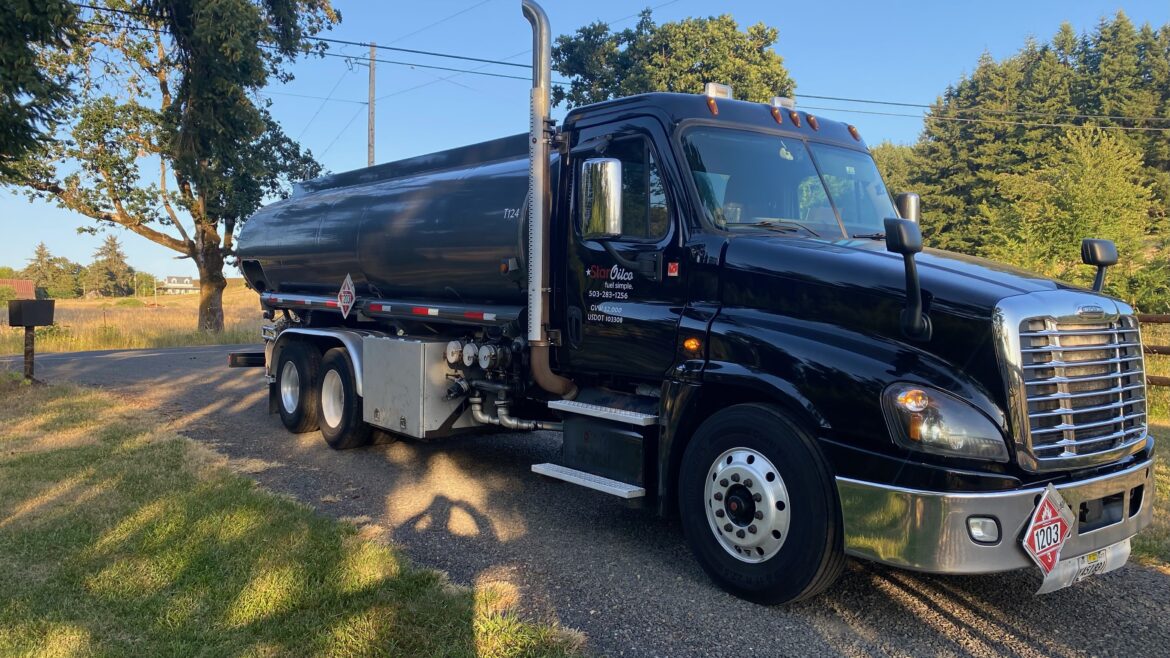
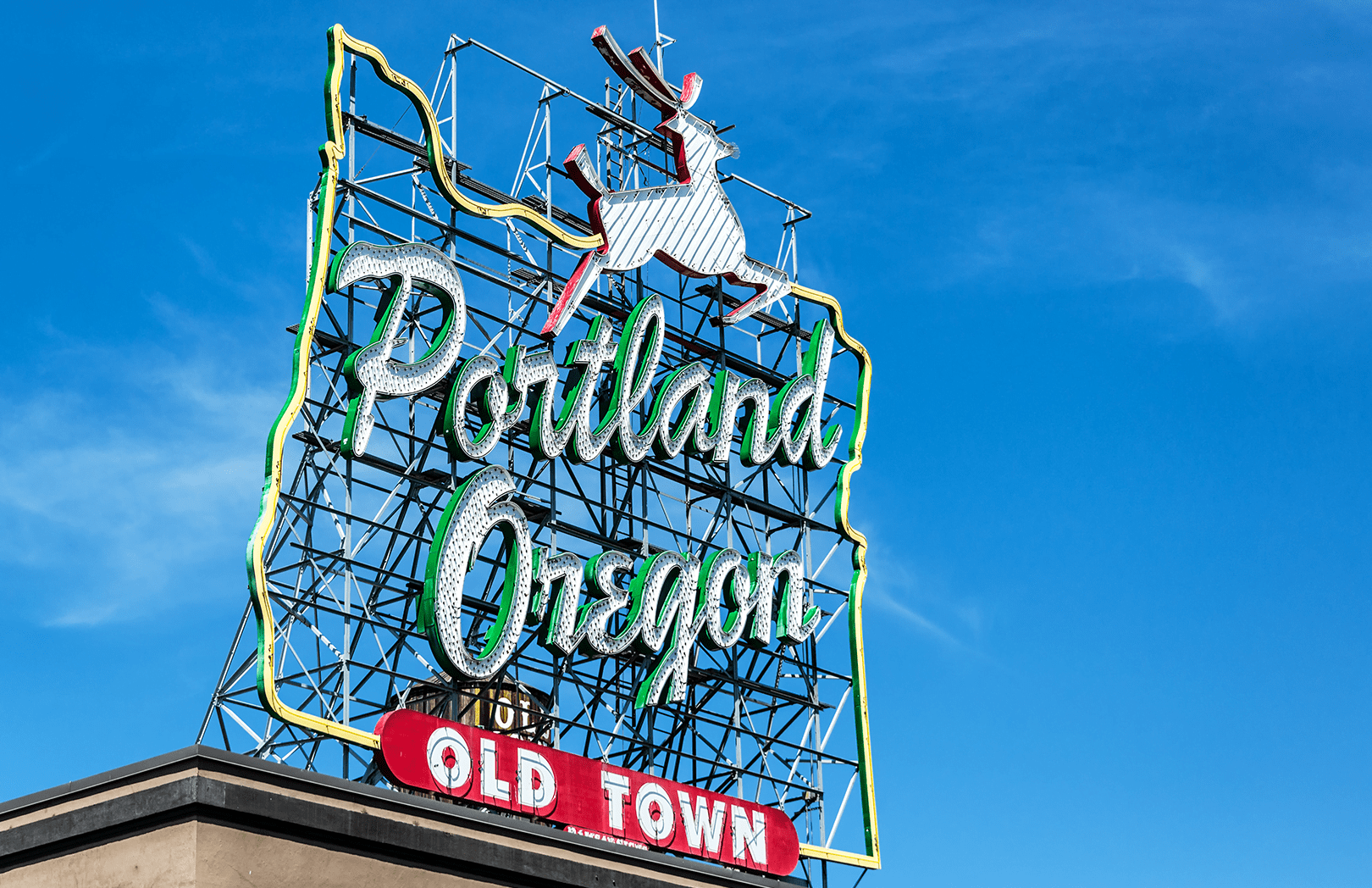
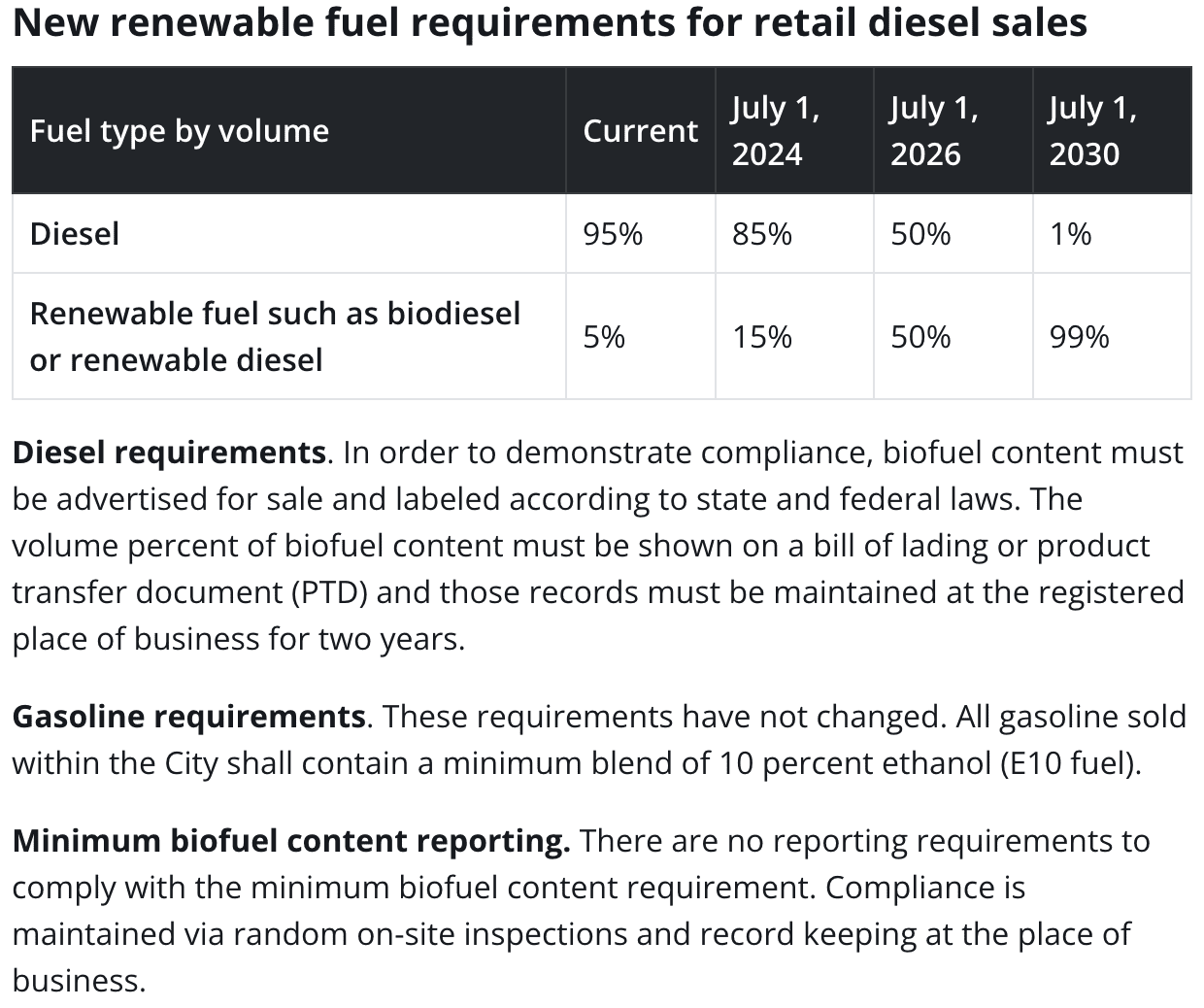
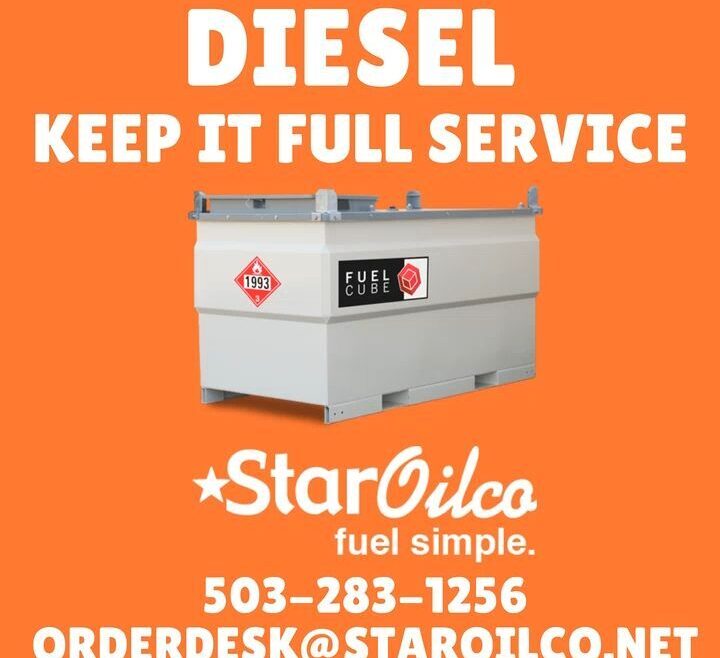
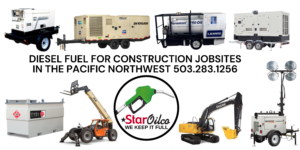
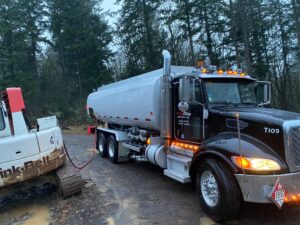
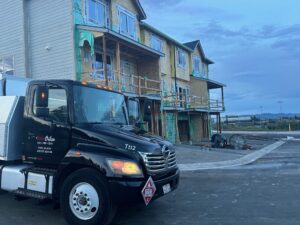

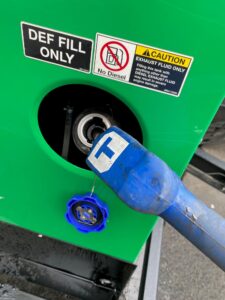
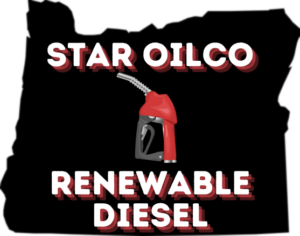

 Star Oilco can provide your project with the fuel you request.
Star Oilco can provide your project with the fuel you request.